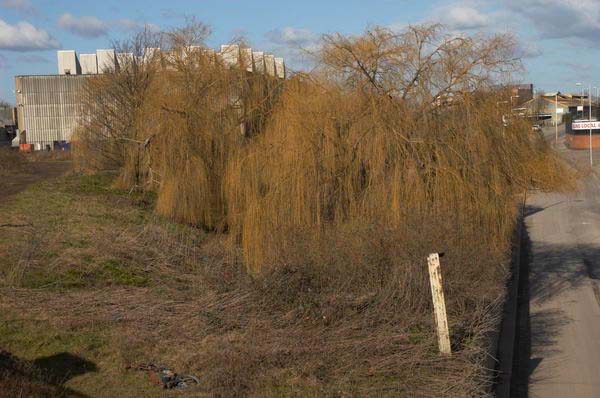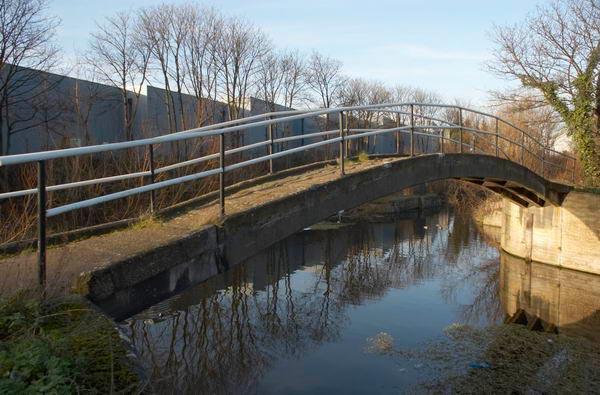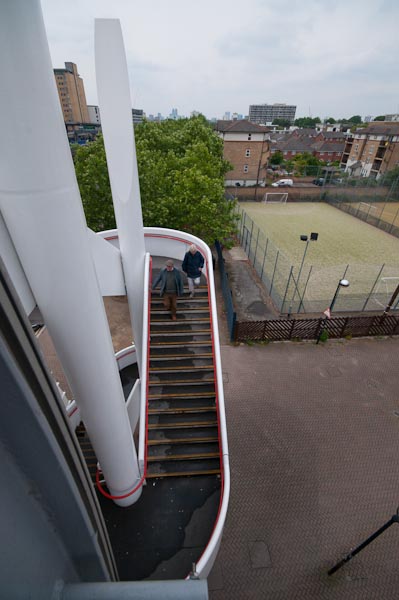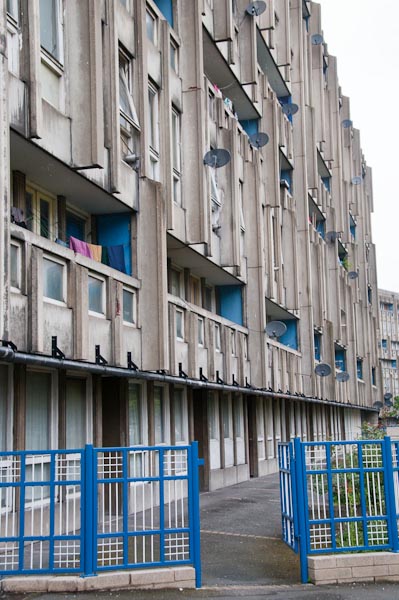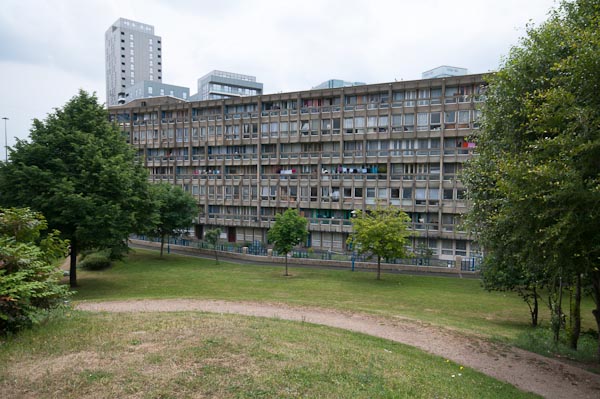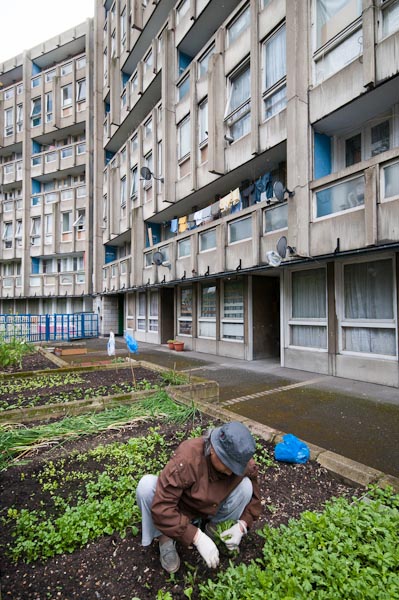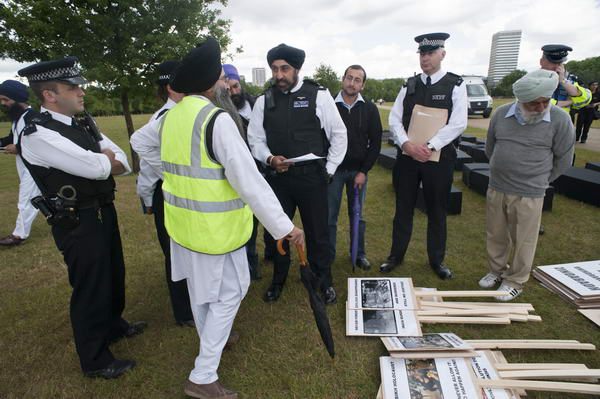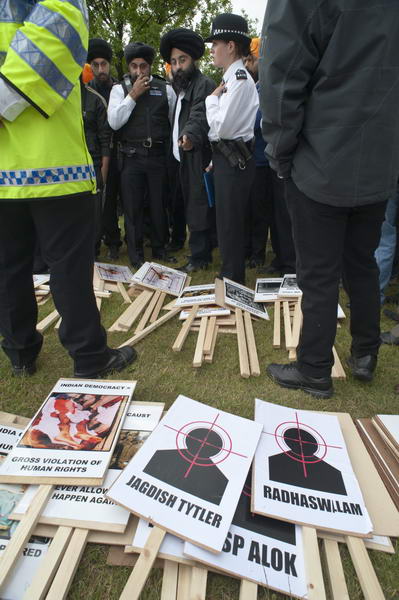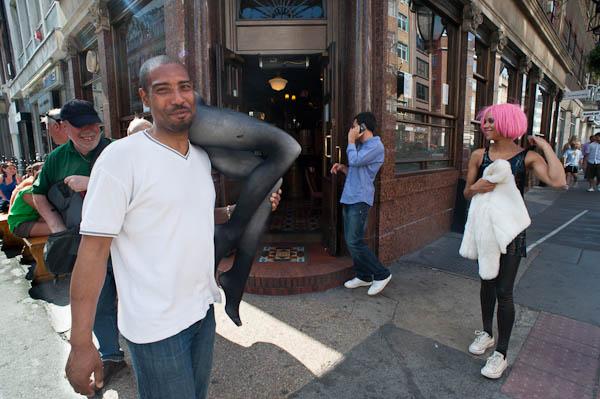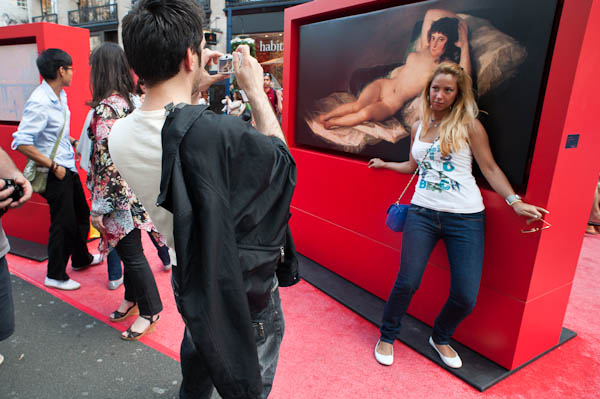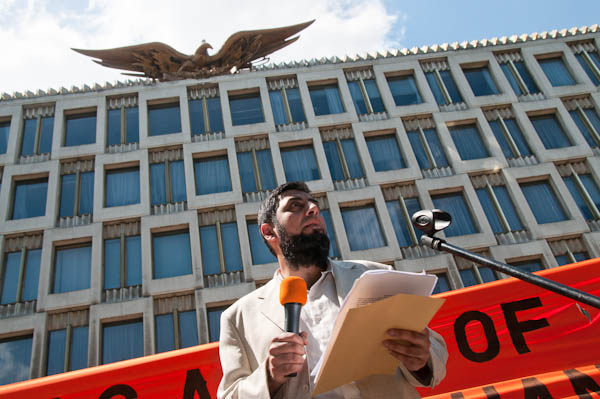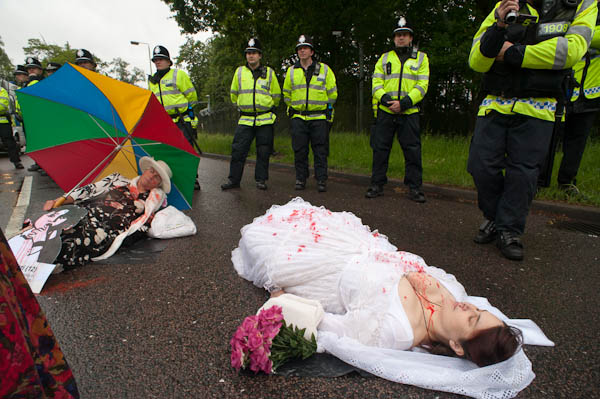What do photographers do on their days off? Usually take pictures, at least while sober, and sometimes when not. For most of us, photography isn’t just a skill or a job (or even a profession) but an obsession.

Last Monday was a Bank holiday, and rather than go an photograph London taking its Bank Holiday in different ways I went with my wife and two sons (both in their 30s) for a walk in the country. Fortunately I didn’t take the full kit, just the Nikon D300 with a couple of lenses, because it turned out to be about twice as far as I’d expected, around 18 miles.
Fortunately it was mainly along canals, and so pretty flat. And quite pretty and mainly very quiet – not quite my sort of thing at all! Probably there are far too many pictures taken along canals and as there was a canal festival going on there were lots of prettified canal boats (and for a short stretch some excruciating country music – the wrong country – over a noisy loudspeaker system.)
I was reminded of something I wrote a few years ago, about Eric de Maré, though largely because I’d then omitted to mention his great interest in canals. What I mainly wrote about was his Penguin “Photography” written in the 1950s on which a whole generation cut its photographic teeth, and a better introduction to the subject than many – here’s an edited version of what I wrote then:
A historical introduction, was followed by a chapter on photography as a creative medium, then one on composition and then five pages of quotations about photography. Only after that did it get down to a basic and readable coverage of the technical side of black and white photography.
A strong point was its use of many fine examples of the medium in its two picture sections, which included well-known works by great figures of the medium, including Werner Bischof, Bill Brandt, Julia Margaret Cameron, Henri Cartier-Bresson, Peter H Emerson, Bert Hardy, Hill & Adamson, Man Ray, Edward Weston, Clarence White and many more. The few nudes included (the only images of naked bodies allowed in our house apart from a few anthropological images in ancient back-copies of National Geographic) undoubtedly were a major part of the book’s attraction for me as a young teenager.
There is a nice short feature on de Maré on the English Heritage site, although the only canal image included is more an image of a structure than a typical canal picture.
Incidentally if you are thinking about buying his canal book, the 1987 paperback edition is readily available second-hand at under a fiver, despite some vendors describing it as “hard to find” and offering it at around 20 times the price. His “Photography” can be found for less than a quid, and most of his other books are also available cheaply, not because they are bad, but because they were popular. Some are illustrated by his generally excellent drawings rather than photographs.
You can see some of my photographs from Monday’s route march on My London Diary. A couple appear in a roughly 2: 1 panoramic format, and were taken with this in mind using the Sigma 10-20mm (15-30mm equivalent on the D300.) I find 10mm is often too extreme using the full image rectangle, but gives a decent panoramic.

The D700 (and D3) can record RAW images either for the full sensor or for the ‘FX’ cut down frame area – and with Nikon lenses at least you can get the camera to automatically switch between these as appropriate for the lens in use – or choose manually.
I actually rather like shooting with the FX format 18-200mm on this body, when you get a brightline frame in the centre of the viewfinder image, making taking pictures much more like using a rangefinder – so much better for cropping and also for action where being able to see what is just outside the image in the viewfinder is a real plus. At around 6Mp, the cut down frames are a little short of pixels, but it’s still plenty for most purposes.
But for me it would be useful for Nikon to add a panoramic option too, that could be switched on to show in the viewfinder (and of course crop the RAW image too.) Nikon’s 14-24mm and Sigma’s 12-24mm would be ideal candidates to use with this. Of course there is some advantage to not cropping at the point of taking – but rather just thinking panoramic – in that the normal format image gives considerable scope for the equivalent of a rising or falling front when cropping to a panoramic format.
